News
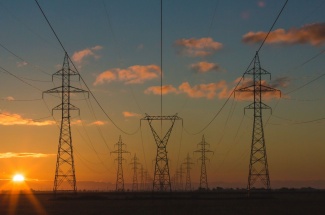
California is a global leader in the effort to reduce greenhouse gas emissions. But the state will need a lot of brainpower to ensure it achieves its grandest plans.
“California has ambitious decarbonization goals. But there’s always skepticism about whether they only target the wealthy,” said UC Santa Barbara statistics professor Mike Ludkovski.
UC Santa Barbara has joined with several of its sister UCs to ensure that disadvantaged communities are fully integrated into California’s decarbonization efforts. The $2 million project, funded by the state legislature, aims to develop models and tools to help accomplish this.

Five UC Santa Barbara researchers have been named among the most influential scientists in the world, according to the 2023 Highly Cited Researchers list released by Clarivate Analytics (formerly Thomson Reuters).
For 2023, Clarivate awarded the distinction to 6,849 researchers from institutions in 67 countries and regions. Some individuals, including two from UC Santa Barbara, were recognized in multiple fields of research.
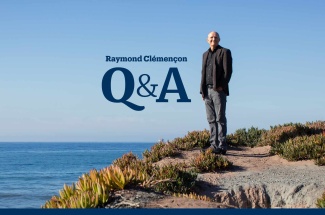
In the wake of COP28, the latest international conference on global warming and related climate change, mainstream headlines have declared a “winding down” and “transition away” from the fossil fuel consumption that’s been heating the planet since the Industrial Revolution.
But for many who’ve been paying close attention to the existential threat of such warming and how world leaders respond to it, the 28th Conference of the Parties to the UN Framework Convention on Climate Change — held from Nov 30 to Dec 13, in Dubai — failed to impress.
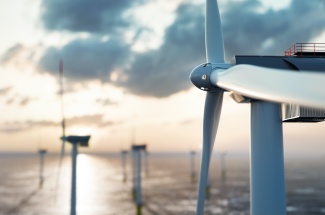
Offshore wind energy is just around the corner for the United States’ West Coast, in an effort to transition away from fossil fuels and toward renewable energy generation. As the Bureau of Ocean Energy Management (BOEM) begins to issue leases for several offshore wind energy projects off the West Coast within the next decade, potential conflicts arise. How will offshore wind development affect the fishers who use the same stretch of the Pacific? How will climate change affect these uses?
These are the questions before researchers at UC Santa Barbara’sEnvironmental Markets Lab (emLab), who work to align environmental objectives and economic incentives in support of sustainable livelihoods and a resilient planet.
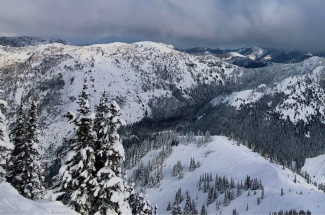
According to a new study in the journal Science by researchers at UC Santa Barbara and UC Davis, greater water availability could “spoil” trees by reducing their adaptations to drought. “And that’s really critical to understand when we’re thinking about the global vulnerability of forest carbon stocks and forest health,” said ecologist Joan Dudney, an assistant professor at UCSB’s Bren School of Environmental Science & Management and in the Environmental Studies Program. “You don’t want to be a ‘spoiled’ tree when facing a major drought.”

About half of an average American building’s energy consumption is spent on heating and cooling. That’s a lot of money spent, fossil fuel burned and strain on an aging energy infrastructure during times of severe temperatures.
It’s also a problem UC Santa Barbara researchers Charlie Xiao, Elliot Hawkes and Bolin Liao are hoping to make a dent in. In a paper in the journal Device, the trio present an adaptive tile, which when deployed in arrays on roofs, can lower heating bills in winter and cooling bills in summer, without the need for electronics.
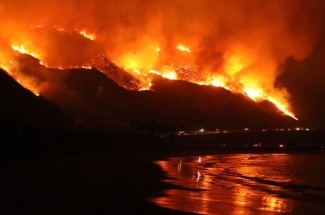
Flames roared through Santa Barbara County in late 2017. UC Santa Barbara canceled classes, and the administration recommended donning an N95, long before the COVID pandemic made the mask a household item. Smoke and ash choked the air, but the Thomas Fire’s effects weren’t restricted to the land and sky. Huge amounts of ash settled into the oceans, leaving researchers to wonder what effect it might have on marine life.
Now scientists at UC Santa Barbara have discovered that wildfire ash adds nutrients to marine systems, and that microbes at the base of the food web can use these nutrients to grow. This contrasts with the impacts of ash in freshwater ecosystems, where it is often toxic. The results appear in the Proceedings of the Royal Society B…
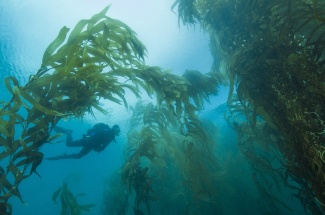
As California, the U.S. and the world work to make good on commitments to conserve 30% of oceans and lands by 2030, all strategies are on the table — and under the microscope. When it comes to the ocean, one valuable tool is marine protected areas (MPAs), regions that are defined, designated and managed for long-term conservation. Among other benefits, MPAs protect habitats and promote species diversity. They also hold value for communities and industries.
Researchers at UC Santa Barbara’s Marine Science Institute have published a new study on the impact of MPAs on the recreational scuba diving industry in California’s Northern Channel Islands. Their conclusions provide strong evidence of the benefit of MPAs for the scuba…
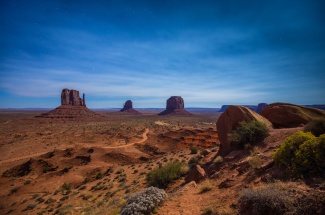
The rising temperatures brought on by human-driven atmospheric warming are bringing big changes to agricultural life in the Southwest. According to a recent paper by researchers at UC Santa Barbara and UC Merced, “increased temperatures from human-caused climate change are having persistent and damaging impacts on vegetation productivity, with significant implications for ranchers and other land users in the region.”
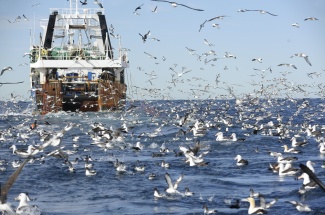
“If African countries created a ‘fish cartel’ to sell fishing rights to foreign vessels, they could increase their fish biomass by 16% and make 23% more in profits,” said lead author Gabriel Englander, who initiated this work as a postdoctoral researcher in UCSB’s Environmental Markets Lab (emLab) in collaboration with Professor Christopher Costello, in the Bren School of Environmental Science & Management. Englander is now a research economist at the World Bank.